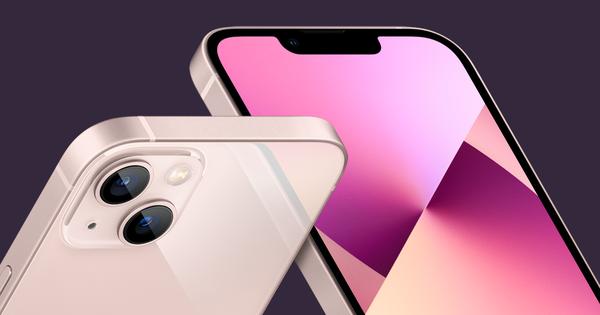If your shiny new iPhone 13 seems like it is charging slowly, there’s most likely a simple reason. The old 5-watt iPhone chargers will work with your new phone, but can only charge at a lower power throughput. However, a newer 20-watt charger and USB-C Lightning cable can charge your iPhone at full speed. So if you have upgraded from an older iPhone, the chances are your power brick is outdated. Here’s all the ways you can fast charge your new iPhone.
The iPhone 13 still uses the same Lightning port as all iPhones dating back to 2012, but the battery capacity inside iPhones expanded dramatically starting with the iPhone XS/iPhone XR in 2018. So, since then, optimal charging cannot really be achieved with an older 5W USB-A charger. Also somewhat annoyingly, Apple no longer includes the power adapter in the box.
How to fast charge using a cable
To fast charge an iPhone 11, iPhone 12, or iPhone 13, you need to use a higher-wattage power adaptor. Apple recommends its 20 W USB-C charger, however any higher-rated USB-C adaptor will suffice. You can even get duo port chargers from third-party manufacturers that can fast charge two iPhones at a time.
If you have a newer-generation MacBook Air or MacBook Pro, you can also use that USB-C brick to charge your iPhone as well. The iPhone 13 will only charge at about 20 watts of maximum throughput, but you can safely use higher-wattage USB-C chargers too. You just won’t see any additional speed.

Of course, fast chargers also require a Lightning to USB-C cable. The older USB-A square Lightning cables do not support fast charging speeds. With a 20-watt brick and Lightning to USB-C cable, you can go from zero to 50% charged in half an hour, and fully charge an iPhone 13 in about two hours.
How to fast charge using wireless charging
Wired charging always beats outs wireless for speed and efficiency. However, using the Apple MagSafe charger, you can get reasonably fast inductive charging performance.
The MagSafe puck magnetically snaps to the back of the iPhone 12 and iPhone 13, and that secure fit enables a faster charging speed than standard Qi. Using MagSafe, you can achieve up to 15-watt charging speeds. Using MagSafe, you can charge from zero to 50% in about 50 minutes, and attain 100% charge in about 2.5-3 hours.
In contrast, using a basic Qi charger, the iPhone will charge at a maximum of 7.5 watts. This is equivalent to about four-to-five hours charge time to reach 100%, depending on model. Although this is much slower than the above alternative methods, if you are just charging your iPhone at bedtime on a nightstand or similar, it’s probably fine and is otherwise the most convenient option. Using a MagSafe charger also requires using a MagSafe-compatible case, and often includes ugly markings on the rear of the device. Standard Qi can work through pretty much any case on the market.
FTC: We use income earning auto affiliate links. More.
Check out 9to5Mac on YouTube for more Apple news:








